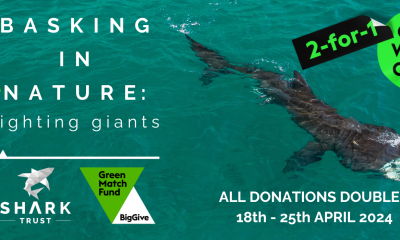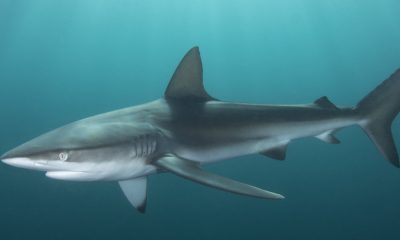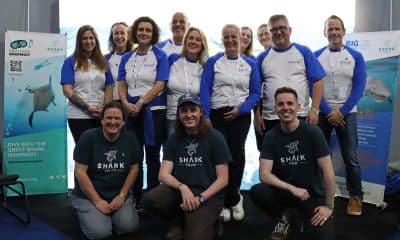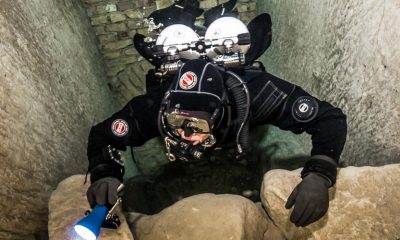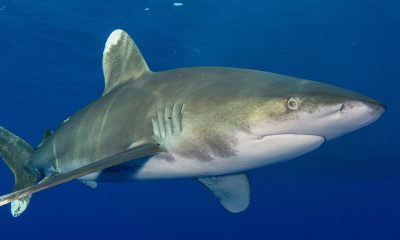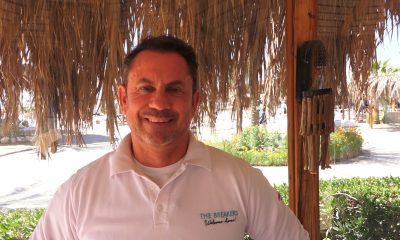News
The Maldivian Coral Carers – An insight into Active Coral Restoration Techniques
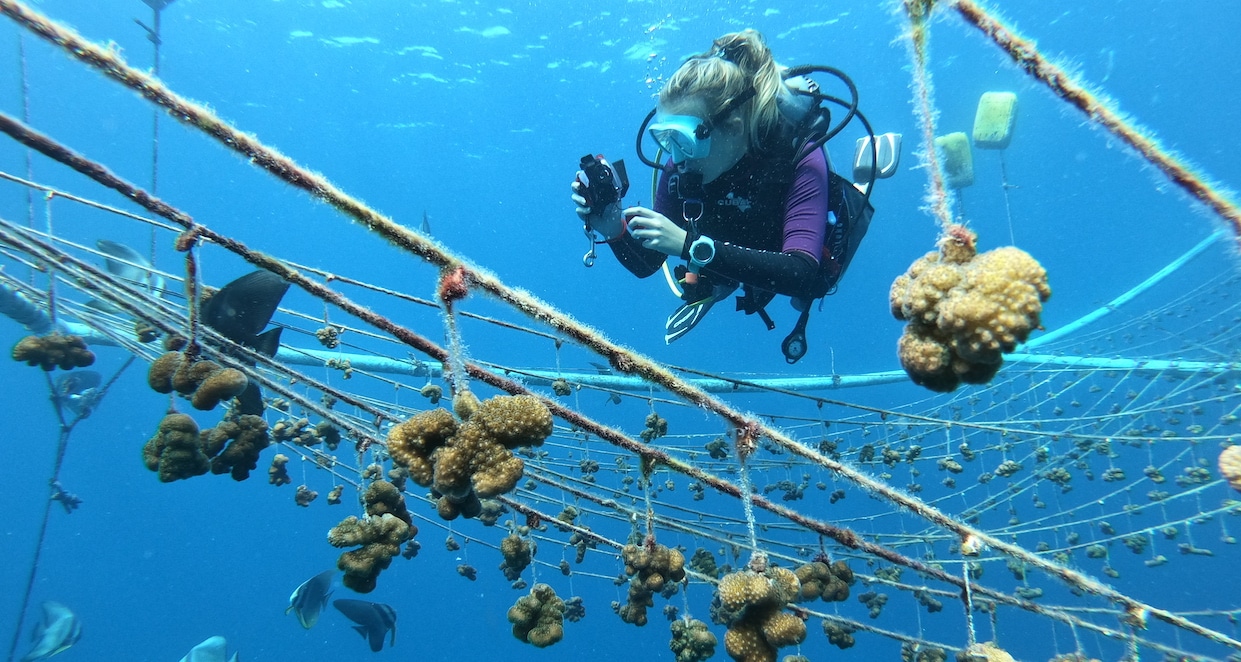
A guest post for Scubaverse by Chloe Brown.
Chloe is a graduate from the University of Southampton where she studied for a BSc Oceanography. She started her diving career whilst studying, which led to her current job working for Velaa Private Island in the Maldives. Chloe works together with the resident marine biologist and coral biologist restoring the house reef while conducting new innovative research to improve restoration techniques.
The reality of climate change beneath the waves is more detrimental than the majority are aware. Among all the reefs found across the globe, 50% have been destroyed in recent years in response to anthropogenic stressors. Unfortunately, these beautiful habitats are tucked away and the effects easily go unnoticed, deteriorating further. This is not the case for the diving community who are unfortunately witnessing this rapid decline in corals and marine life. Therefore, multiple restoration efforts worldwide have jumped in to attempt to restore one of the world’s greatest wonders, before it is too late.
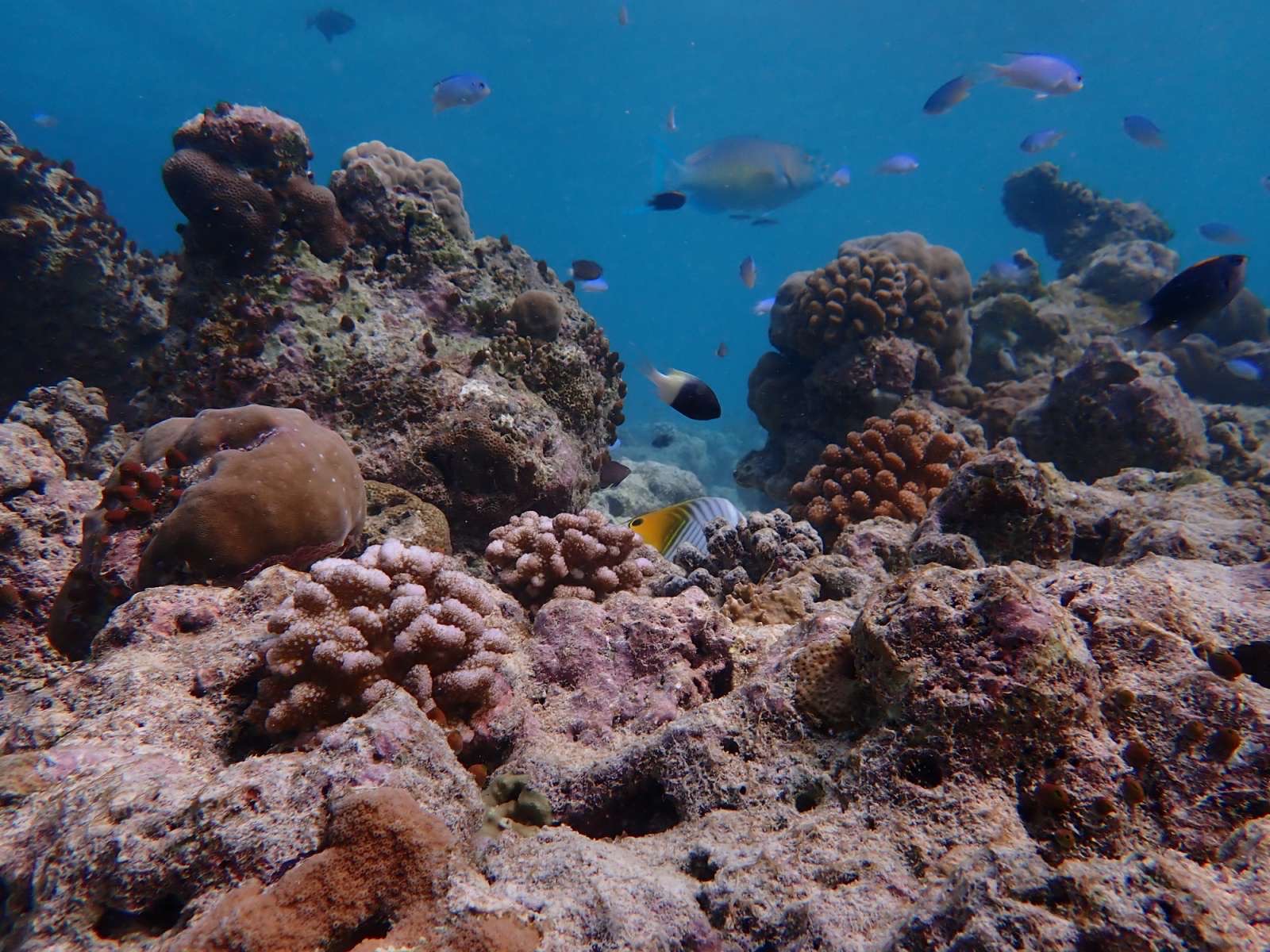
Restoration Techniques
Coral restoration initiatives aim to restore the overall health, abundance, and biodiversity improving the reef’s tolerance to external stressors. The process behind this is to utilize the existing corals to clone them and repopulate the reef. The fact these corals are still surviving on the reefs, despite the natural disturbances, indicates strong resilient characteristics that are very valuable to restoration projects. These corals act as “donor colonies” as small fragments are broken off to be grown in nurseries and later transplanted back onto the reef.
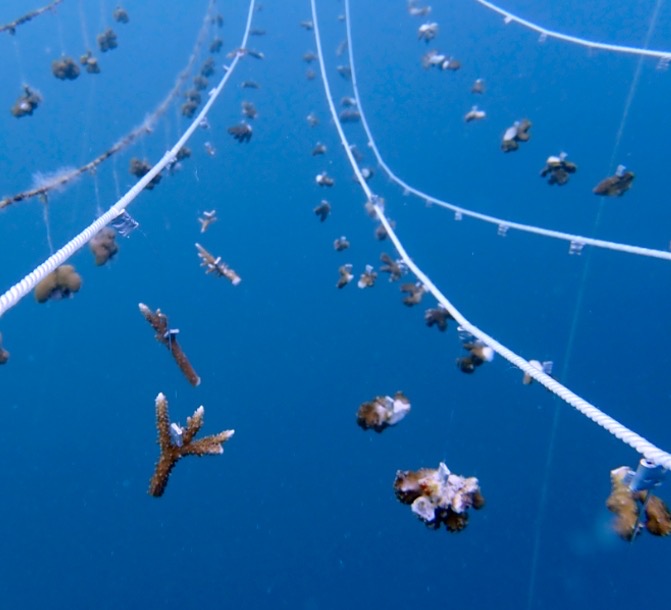
Here at Velaa Private Island, we use the floating mid-water nursery set up. These consist of 1,500 corals and we currently have two of these nurseries in place. Our nurseries mainly hold Pocillopora spp. as it is extremely tolerable with a high prevalence rate. We attach the small fragments taken from the donor colonies with monofilament and crimps to the nurseries, where they grow for a year. This nursery is situated at a depth of 8m (anchored at 30m) and located away from the reef. Growing away from the reef reduces predation, moderates competition, and allows depth alterations during warmer months to mitigate bleaching effects. Other key nursery designs are being trialed by other restoration efforts worldwide. These include coral trees, net nurseries, and ex-situ nurseries in laboratories, where the conditions can be monitored and controlled 24 hours a day.

During transplantation, we use marine cement to attach the corals to rocks and other hard surfaces found along the reef. Over time these corals will propagate outwards via asexual reproduction growing over the adhesives securing themselves on to the reef.We have successfully transplanted over 4,500 corals with a 70% survival rate. This has had a great effect on increasing the abundance and diversity of marine life present on the reef.
We have additionally conducted further research into effective ways to restore species diversity, specifically looking at massive species. It was found that massive coral species survive better when the fragments are transplanted directly onto the reef, skipping the nursery phase entirely. The ideal fragment size should be 1-2cm and attached to the substrate 1cm away from its clones, to allow fusion with growth. It was Dr. Vaughn who discovered that massive coral species grow quicker when they are cut into smaller fragments. He also discovered tissue fusion between clones however, his finding was taken from ex-situ experiments. It’s fantastic to see similar results in-situ with all the natural disturbances prevailing. The overall aim of restoration is to rehabilitate the reefs encouraging natural growth and self-sufficiency. We have certainly seen this as there was higher recruitment (coral larvae settlement) number in the transplant sites compared to the untouched degraded sites. Self-generation has been evident.
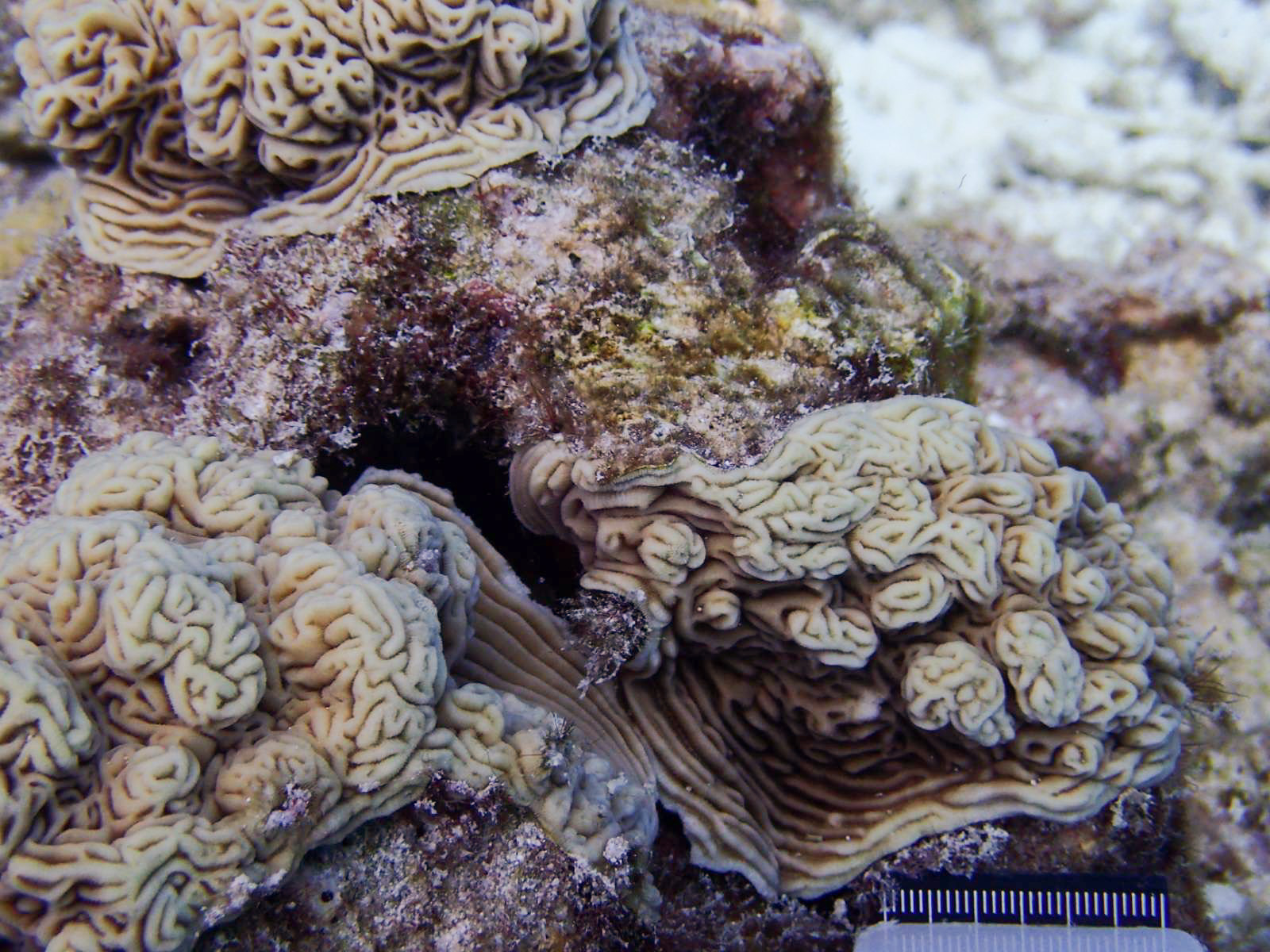
This is an insight into a few techniques used by restoration projects. Without reef restoration, it is predicted that a complete loss of coral reefs will be seen in the next 30 years, taking away, the home to 25% of all marine life. This signifies the importance of restoration and future conservation measures. To ensure the sustainability of restoration efforts education and awareness need to be conducted. Awareness needs to be ubiquitous as it is not just those living along the coasts who have an impact on the oceans, it’s everyone. People need to be taught about the reality of the ocean to induce a permanent change; otherwise coral reefs will lose the fight against mankind taking the marine life with it.
If you are interested in the work we are doing or just want to see some awesome underwater shots of marine life check out our Instagram page @velaacoralproject. We will be delighted to have you.
Gear News
Scubapro Free Octopus Promotion 2024
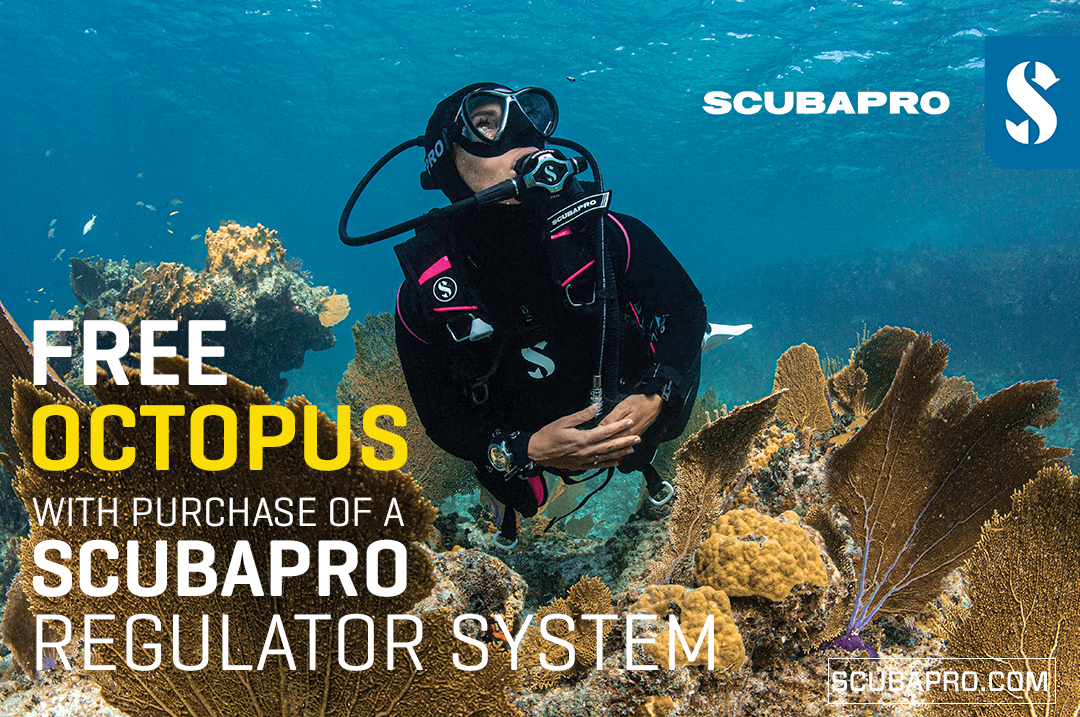
Free Octopus with every purchase of a SCUBAPRO regulator system
Just in time for the spring season, divers can save money with the FREE OCTOPUS SPRING PROMOTION! Until July 31st SCUBAPRO offers an Octopus for free
with every purchase of a regulator system!
Get a free S270 OCTOPUS with purchase of these combinations:
MK25 EVO or MK19 EVO with A700
MK25 EVO or MK19 EVO with S620Ti
MK25 EVO or MK19 EVO with D420
MK25 EVO Din mit S620Ti-X
Get a free R105 OCTOPUS with purchase of the following combinations:
MK25 EVO or MK19 EVO with G260
MK25 EVO or MK17 EVO with S600
SCUBAPRO offers a 30-year first owner warranty on all regulators, with a revision period of two years or 100 dives. All SCUBAPRO regulators are of course certified according to the new European test standard EN250-2014.
Available at participating SCUBAPRO dealers. Promotion may not be available in all regions. Find an authorized SCUBAPRO Dealer at scubapro.com.
More information available on www.scubapro.com.
Blogs
Northern Red Sea Reefs and Wrecks Trip Report, Part 3: The Mighty Thistlegorm
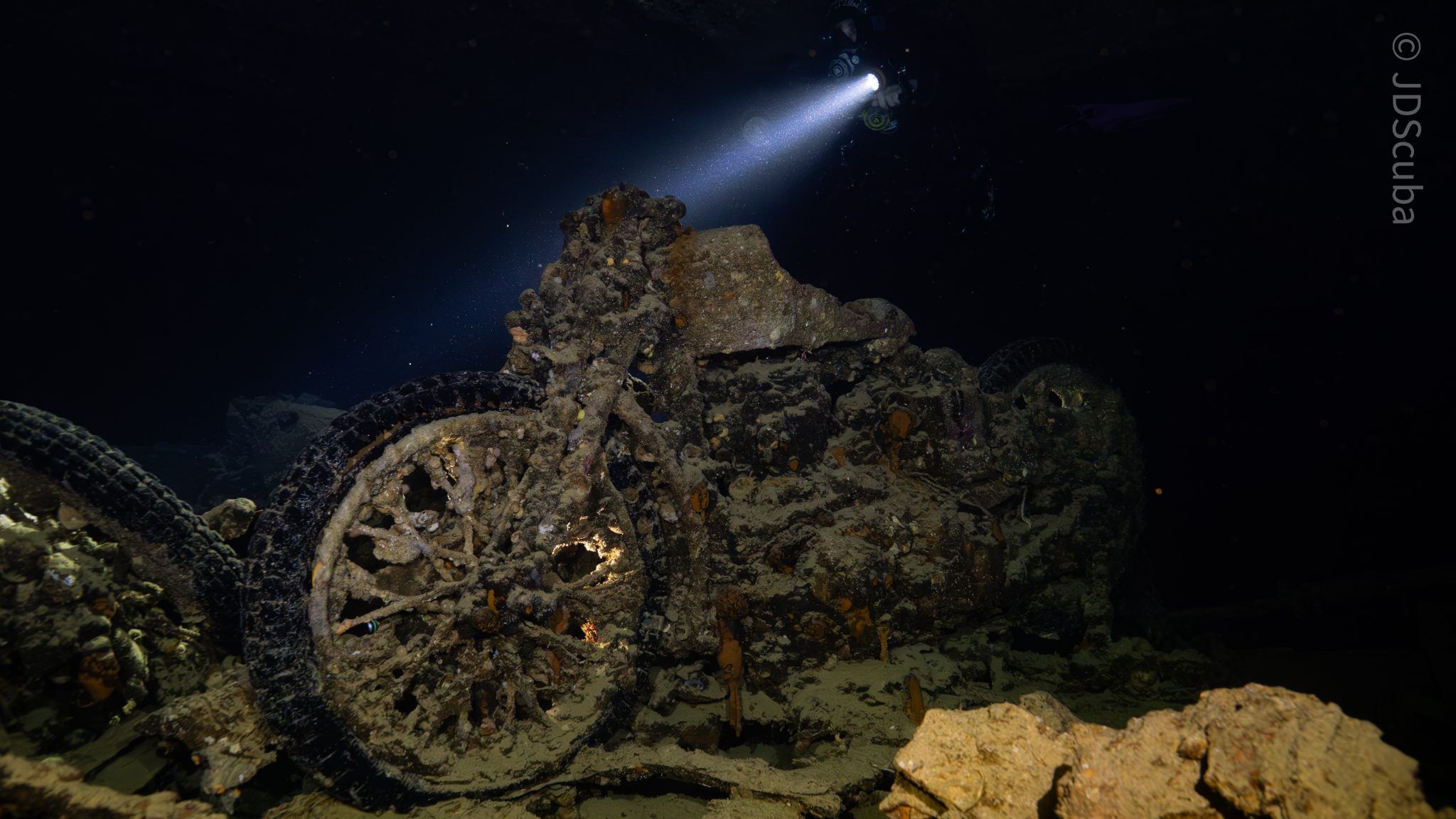
Jake Davies boards Ghazala Explorer for an unforgettable Red Sea diving experience…
Overnight, the wind picked up, making the planned morning dive a bit bumpy on the Zodiacs to the drop point on Thomas Reef. There, we would dive along the reef before descending through the canyon and then passing under the arch before ascending the wall with a gentle drift. The site provided great encounters with more pelagic species, including shoals of large barracuda, tuna, and bigeye trevally.
Once back on the boat, it was time to get everything tied down again as we would head back south. This time, with the wind behind us, heading to Ras Mohammed to dive Jackfish Alley for another great gentle drift wall dive before then heading up the coast towards the Gulf of Suez to moor up at the wreck of the Thistlegorm. This being the highlight wreck dive of the trip and for many onboard, including myself, it was the first time diving this iconic wreck. I had heard so much about the wreck from friends, and globally, this is a must on any diver’s list. Fortunately for us, there was only one other boat at the site, which was a rarity. A great briefing was delivered by Ahmed, who provided a detailed background about the wreck’s history along with all the required safety information as the currents and visibility at the site can be variable.
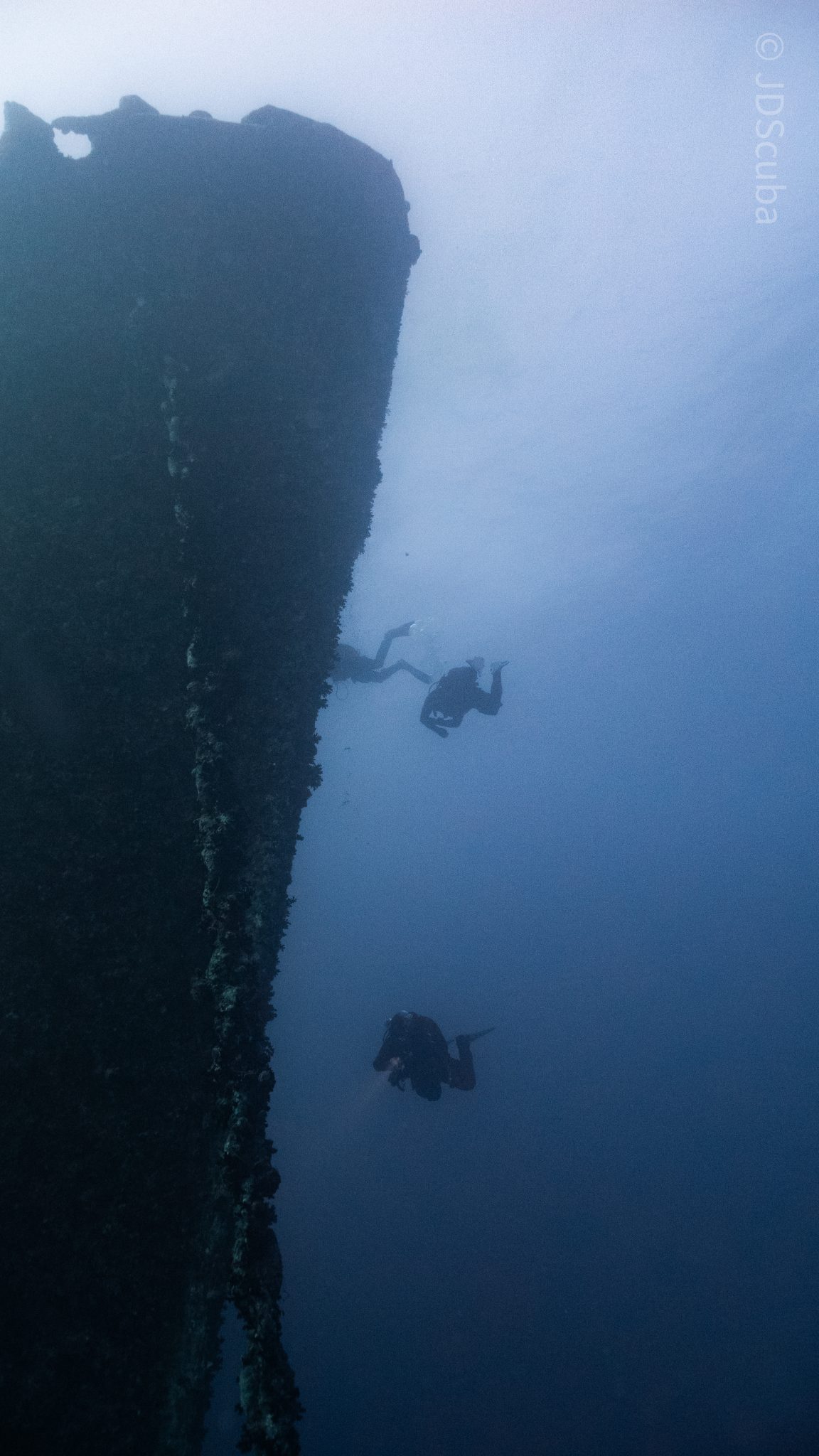
Kitting up, there was a lot of excitement on deck before entering the water and heading down the shoreline. Descending to the wreck, there was a light northerly current which reduced the visibility, making it feel more like the conditions that can be found off the Welsh coast. At 10m from the bottom, the outline of the wreck appeared as we reached the area of the wreck which had been bombed, as our mooring line was attached to part of the propeller shaft. Arriving on deck, instantly everywhere you looked there were many of the supplies which the ship was carrying, including Bren Carrier tanks and projectiles that instantly stood out.
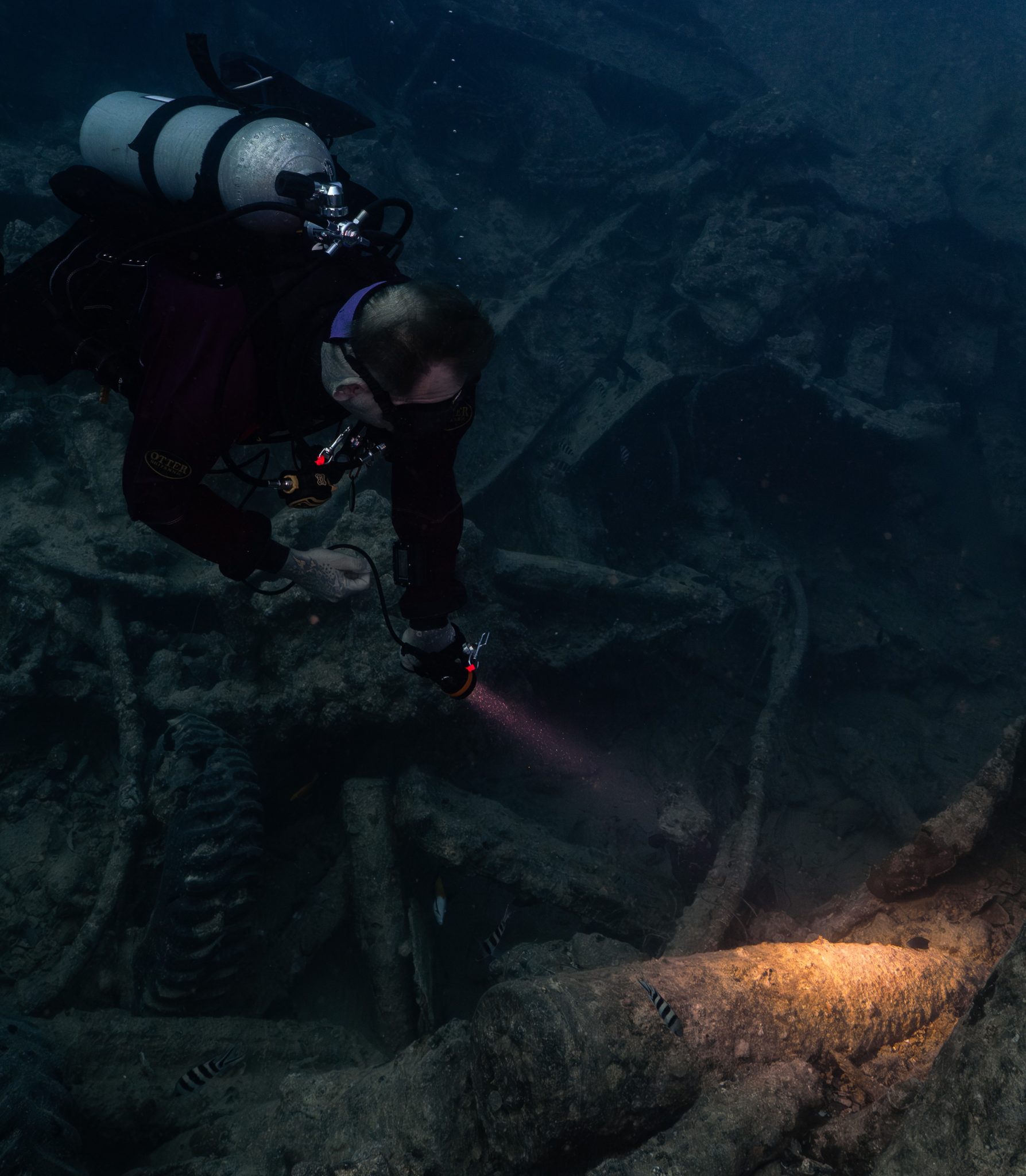
We headed around the exterior, taking a look at the large propeller and guns mounted on deck before entering the wreck on the port side to take a look in the holds. It was incredible to see all the trucks, Norton 16H, and BSA motorcycles still perfectly stacked within, providing a real snapshot in time.
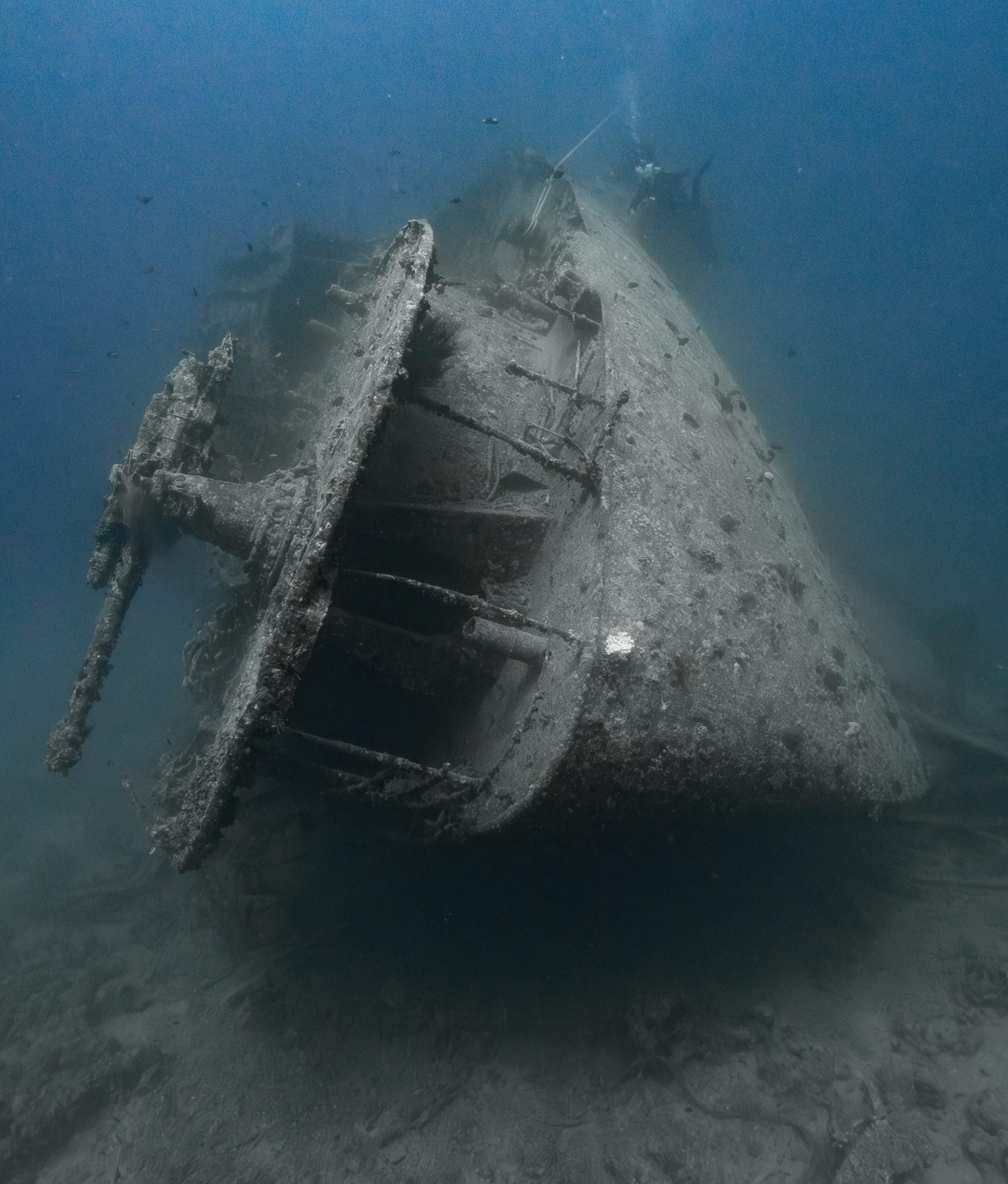
Overall, we had four dives on the Thistlegorm, where for all of the dives we were the only group in the water, and at times, there were just three of us on the whole wreck, which made it even more special, especially knowing that most days the wreck has hundreds of divers. Along with the history of the wreck, there was plenty of marine life on the wreck and around, from big green turtles to batfish, along with shoals of mackerel being hunted by trevally. Some unforgettable dives.
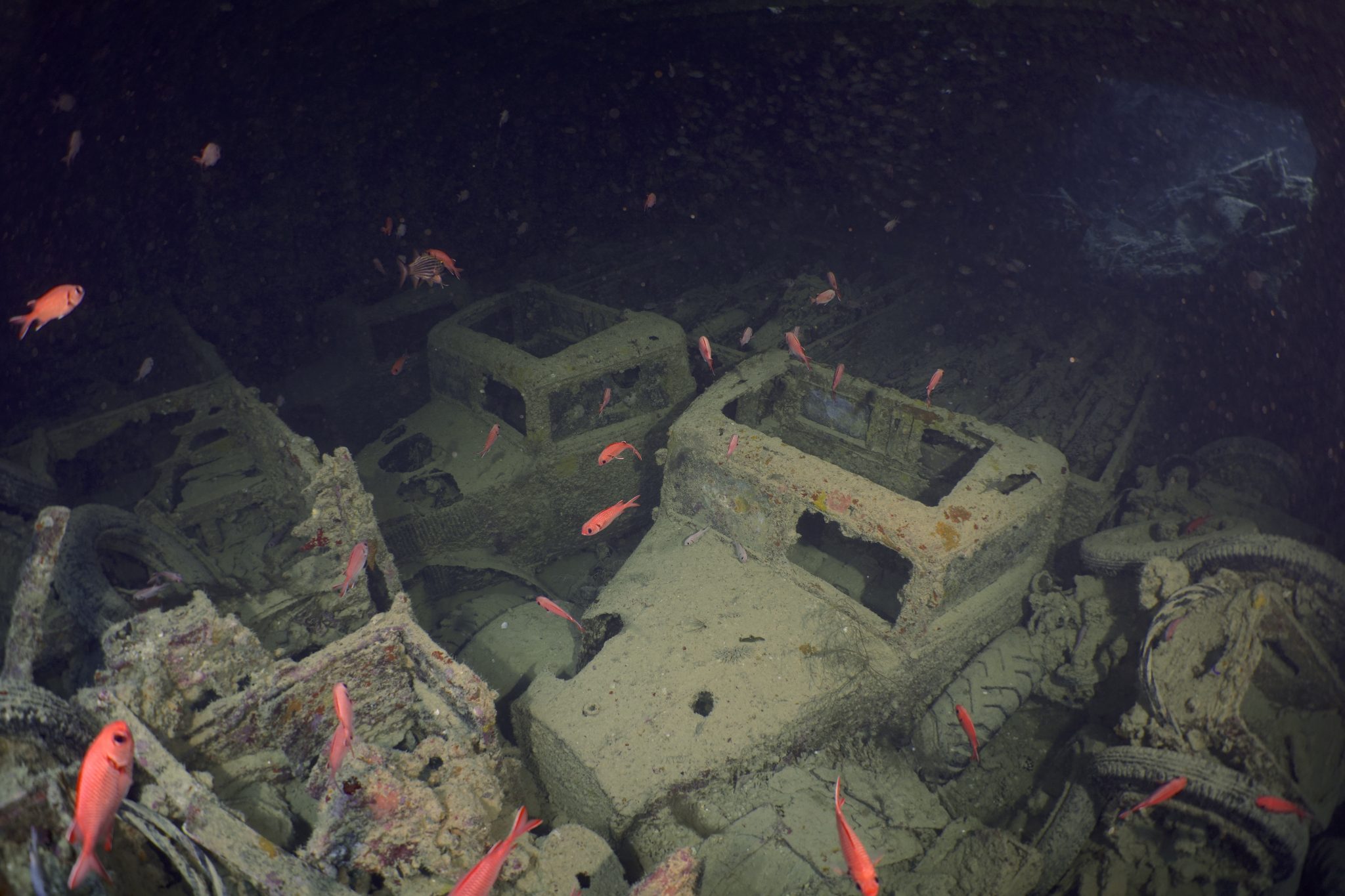
The final leg of the trip saw us cross back over the Suez Canal to the Gobal Islands where we planned to stay the night and do three dives at the Dolphin House for the potential of sharing the dive with dolphins. The site, which included a channel that was teeming with reef fish, especially large numbers of goatfish that swam in large shoals along the edge of the reef. These were nice relaxing dives to end the week. Unfortunately, the dolphins didn’t show up, which was okay as like all marine life they are difficult to predict and you can’t guarantee what’s going to be seen. With the last dive complete, we headed back to port for the final night where it was time to clean all the kit and pack before the departure flight the next day.
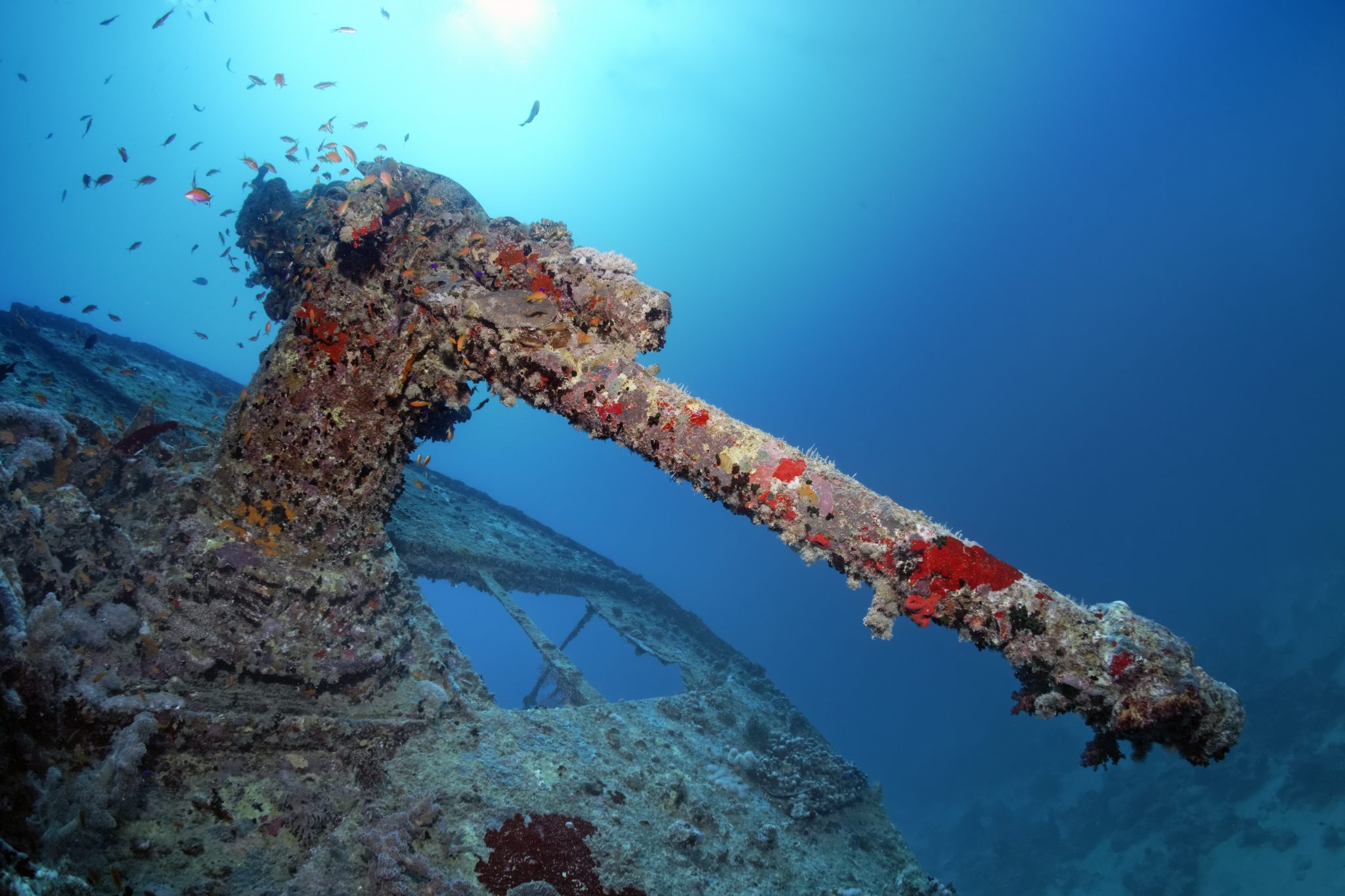
The whole week from start to finish on Ghazala Explorer was amazing; the boat had all the facilities you need for a comfortable week aboard. The crew were always there to help throughout the day and the chefs providing top quality food which was required after every dive. The itinerary providing some of the best diving with a nice mixture of wreck and reef dives. I would recommend the trip to anyone, whether it’s your first Red Sea liveaboard in the Red Sea or you’re revisiting. Hopefully, it’s not too long before I head back to explore more of the Red Sea onboard Ghazala Explorer.
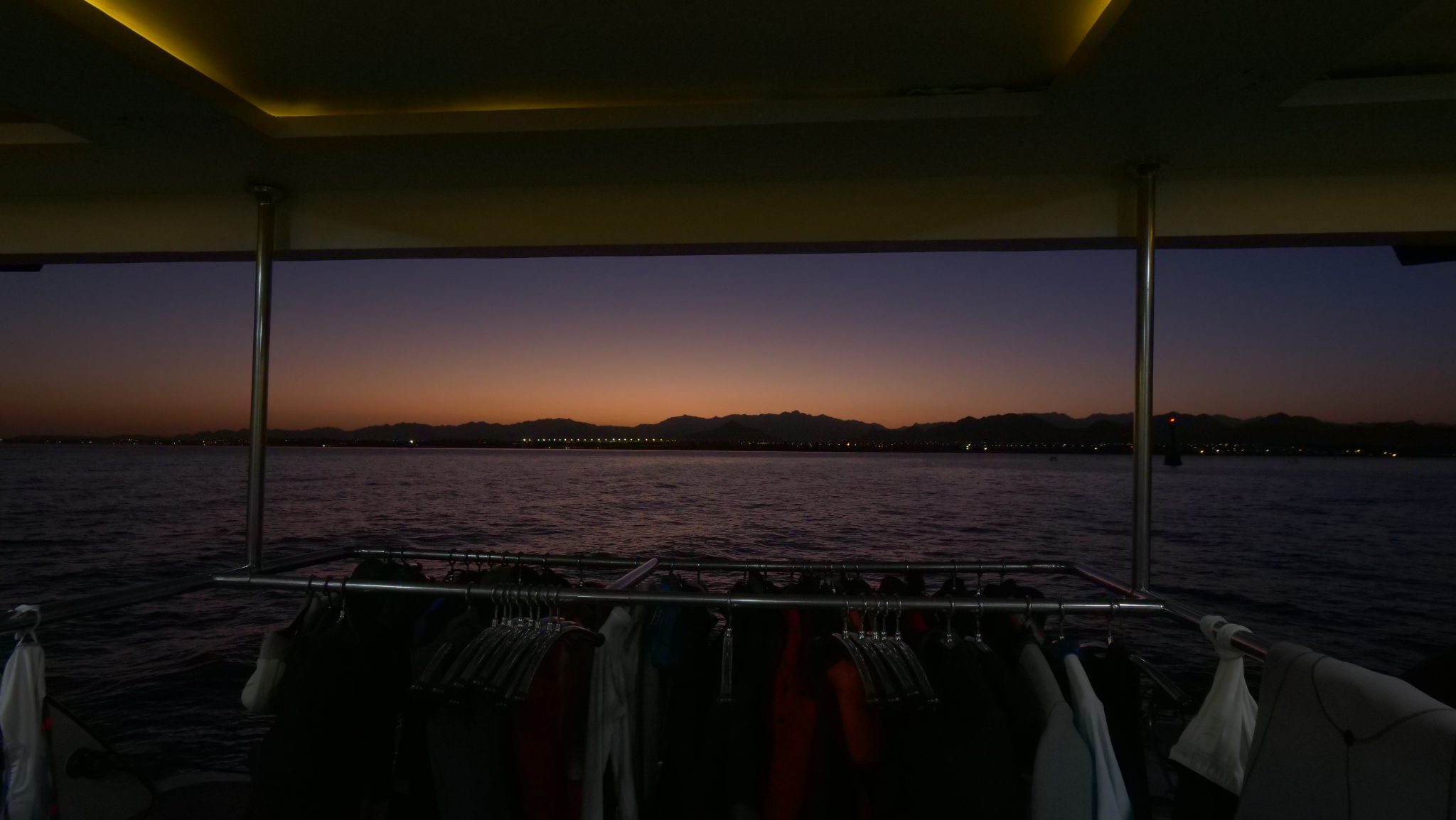
To find out more about the Northern Red Sea reef and wrecks itineraries aboard Ghazala Explorer, or to book, contact Scuba Travel now:
Email: dive@scubatravel.com
Tel: +44 (0)1483 411590
Photos: Jake Davies / Avalon.Red
-
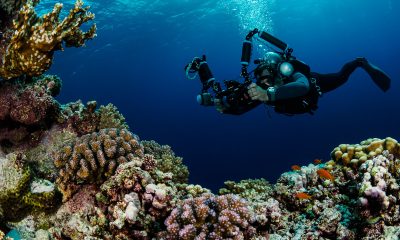
 News3 months ago
News3 months agoHone your underwater photography skills with Alphamarine Photography at Red Sea Diving Safari in March
-
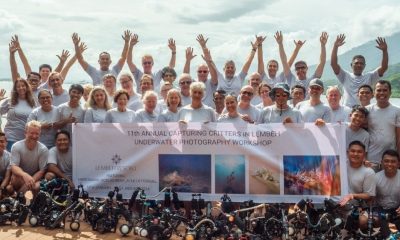
 News3 months ago
News3 months agoCapturing Critters in Lembeh Underwater Photography Workshop 2024: Event Roundup
-
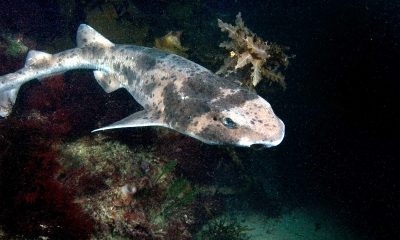
 Marine Life & Conservation Blogs2 months ago
Marine Life & Conservation Blogs2 months agoCreature Feature: Swell Sharks
-
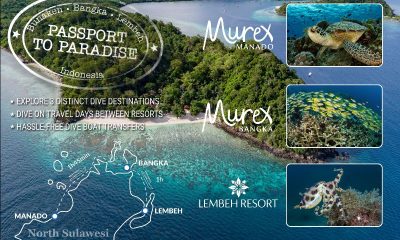
 Blogs2 months ago
Blogs2 months agoMurex Resorts: Passport to Paradise!
-
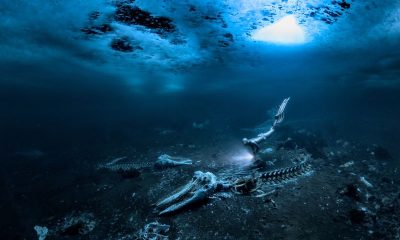
 Blogs2 months ago
Blogs2 months agoDiver Discovering Whale Skeletons Beneath Ice Judged World’s Best Underwater Photograph
-
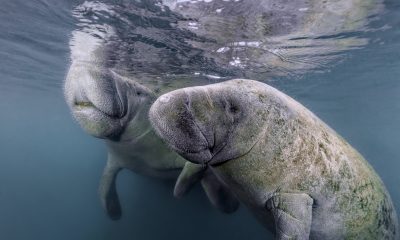
 Marine Life & Conservation2 months ago
Marine Life & Conservation2 months agoSave the Manatee Club launches brand new webcams at Silver Springs State Park, Florida
-
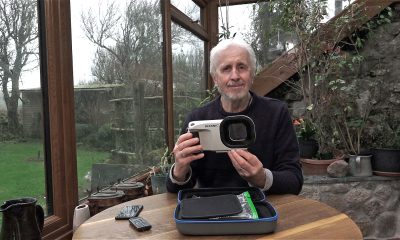
 Gear Reviews3 months ago
Gear Reviews3 months agoGear Review: Oceanic+ Dive Housing for iPhone
-
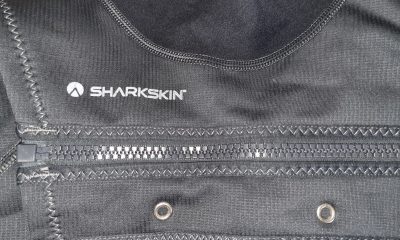
 Gear Reviews2 weeks ago
Gear Reviews2 weeks agoGEAR REVIEW – Revolutionising Diving Comfort: The Sharkskin T2 Chillproof Suit



